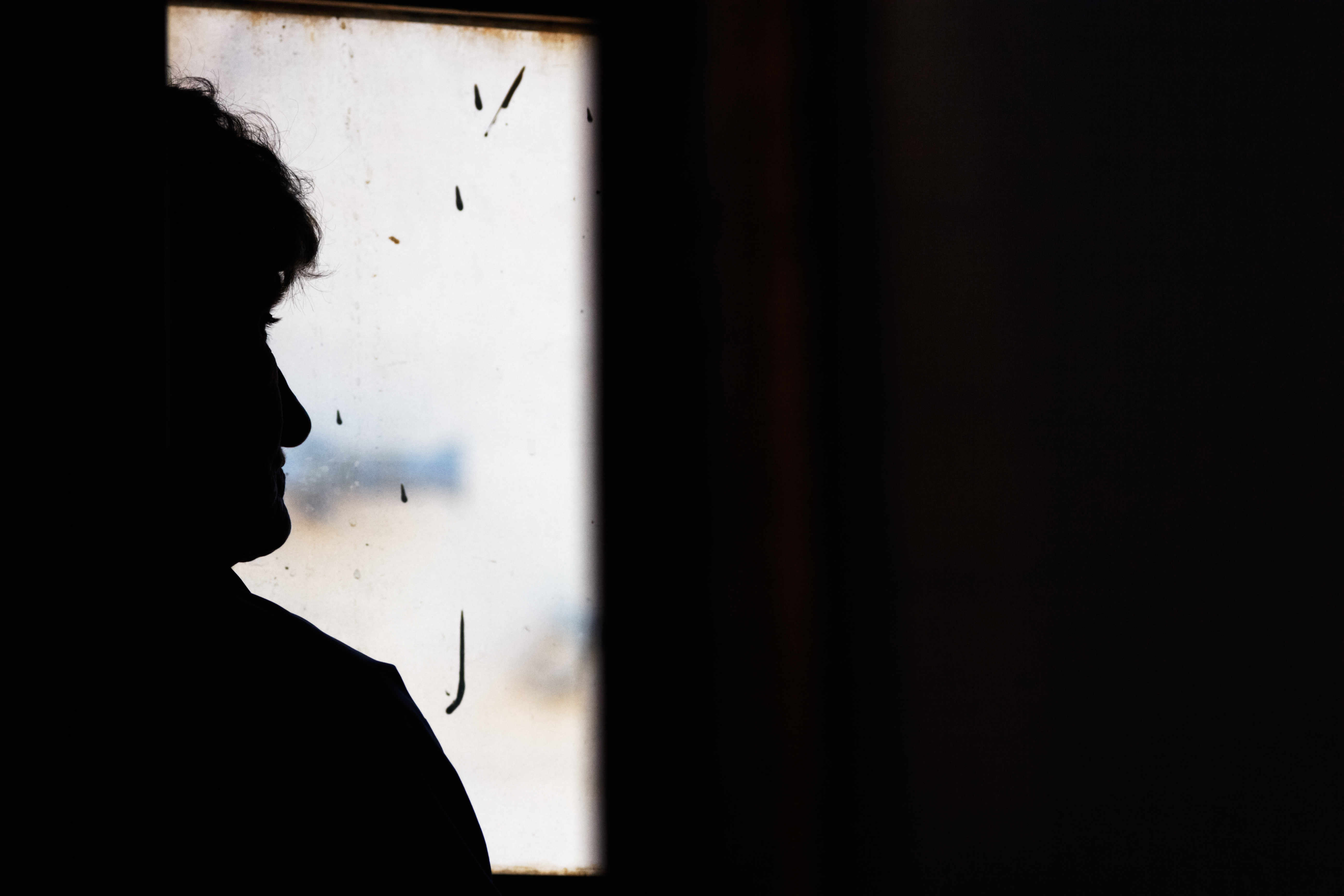AARP Hearing Center

Mary Swinford’s job as deputy director of the Indiana Long-Term Care Ombudsman Program is to advocate for and protect the rights of those in the state’s nursing homes and assisted living facilities. COVID-19 has created a host of dilemmas that didn’t exist before.
In June, Indiana became one of the first states to allow essential family caregivers back inside long-term care facilities for brief daily visits, as long as they meet certain conditions, such as having a recent negative COVID-19 test and using personal protective equipment (PPE). But even when caregivers adhere to the new guidelines, they can be turned away.
Swinford cited a woman who called her saying she used to regularly tend to her husband at his nursing home, but since the pandemic could see him only through a window.
His care was steadily declining, and she felt powerless.
Even with the new state guidelines for family-caregiver visits, the facility refused to allow the woman in, citing corporate policy. With Swinford’s assistance, the woman was allowed back in to care for her husband. The problem, Swinford said, is that the state’s family-caregiver policy provides only “guidance” to facilities, not a mandate.
“We’re still getting calls saying, ‘They’re not letting us in.’ In some cases they’re not even letting hospice in. It is very concerning,” she said.
Throughout the pandemic, AARP Indiana has raised concerns about the toll of isolation on residents of long-term care facilities and demanded more transparency about how federal and state funds are being spent.
Call before visiting
Those advocacy efforts led to a major achievement in August: a state long-term care COVID-19 dashboard, coronavirus.in.gov/2393.htm, which provides weekly updates by facility.
Nearly 60 percent of coronavirus-related deaths have occurred in long-term care facilities, according to state reports.
“This pandemic is having its greatest impact on Indiana’s most vulnerable populations and those who care for them,” Addison Pollock, AARP Indiana’s director of community engagement, said at a recent Facebook Live event.
AARP Indiana recommends that caregivers call facilities before visiting to determine their requirements about PPE and testing. “Things are changing day by day,” Pollock said.
AARP has asked the governor’s office to report how COVID-19 relief funds were spent.
In addition, the organization is advocating for more funding for in-home services, full access to testing and sufficient PPE for long-term care facility employees and visiting family caregivers, and more equipment for virtual visits.
“Whether in the middle of a pandemic or not, it’s important that there be a way for residents to see their family members to prevent social isolation,” said Ambre Marr, legislative director for AARP Indiana.
If you’re concerned about the safety of a loved one in a long-term care facility, call the Indiana Department of Health’s Complaint Report Line at 800-246-8909; contact the ombudsman program at 800-622-4484 or LongTermCareOmbudsman@ombudsman.in.gov; or fill out a complaint form at ombudsman.in.gov.
Update: Given the uptick in COVID-19 infections around the country, visitation guidance may change depending on state caseloads and other factors. Get updates at AARP's nursing home tracker.
Diana Lamirand is a writer in Noblesville, Indiana.
More on Long-Term Care































































